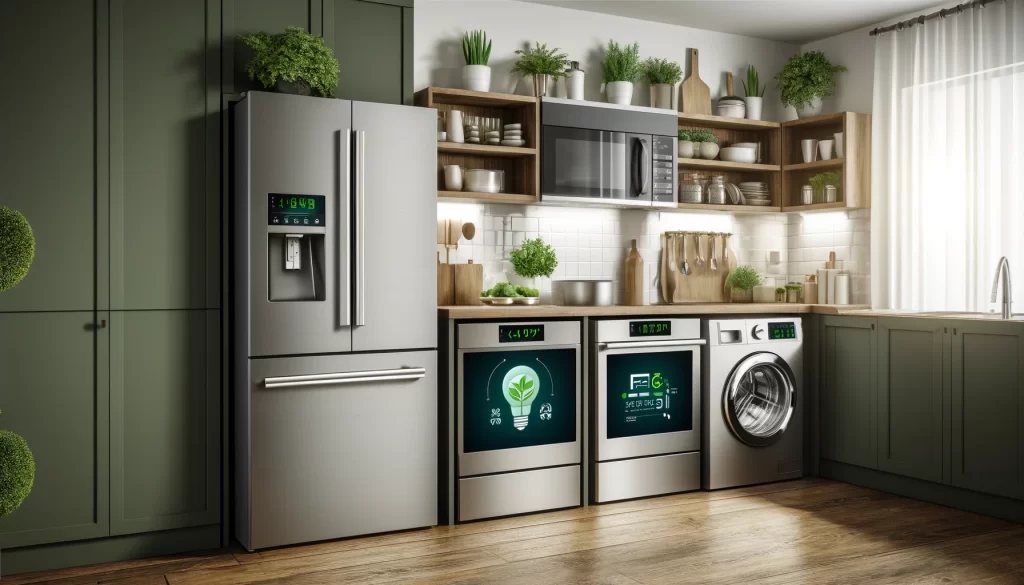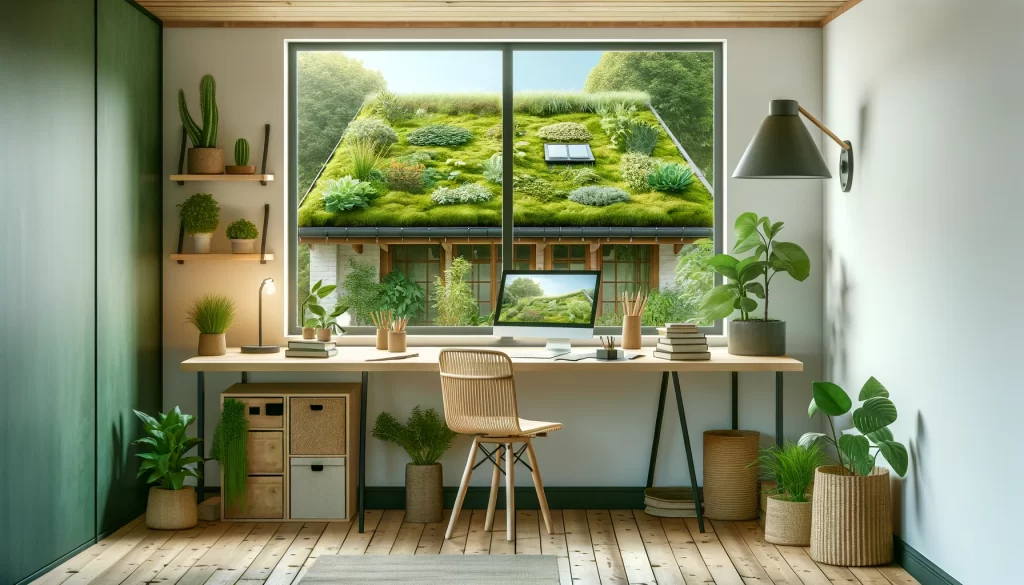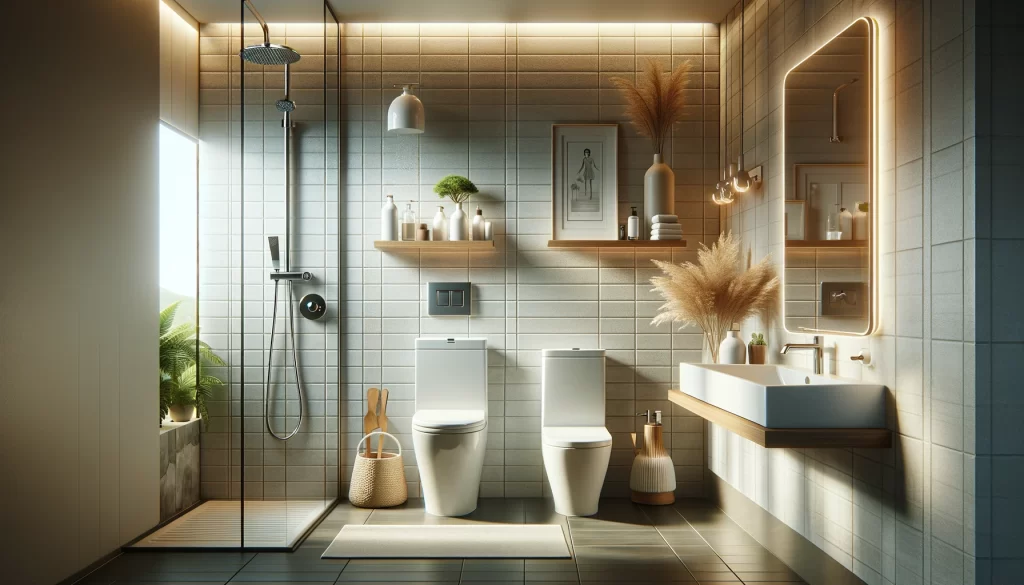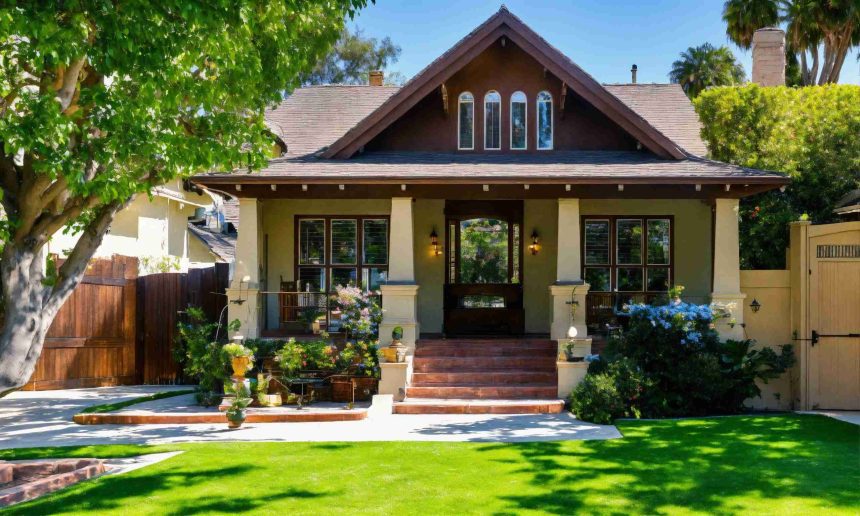As more people care about the environment, they want their homes to be greener. Making your home sustainable is good for the planet, can save you money, and make your life better. Here’s how you can start making earth-friendly changes to your home, with real examples that show how well these changes work.
Energy-Efficient Appliances: A Smart Start
Start by replacing old appliances with ones that use less energy. They’re better for the environment
Real-Life Example: The Smiths in Seattle got a new fridge, dishwasher, and washing machine that have an ENERGY STAR label. This easy change cut their energy use by 20%, saving money and making their home better for the planet.

Solar Panels: Harnessing the Sun’s Power
Solar panels convert sunlight into electricity, reducing reliance on fossil fuels and lowering your electric bills.
Real-Life Example: The Johnsons in San Diego put up solar panels. Now their electric meter sometimes goes backward! They’ve cut their bills a lot, and because of special money back from the government, the panels will pay for themselves pretty fast.
Green Insulation: Keeping Cozy
Better insulation helps keep your home warm in winter and cool in summer, reducing the need for heating and air conditioning.
Real-Life Example: The Greens in Minnesota used sheep’s wool to insulate their walls. It’s not just great at insulating but also controls moisture, making their home comfier and saving energy.
Water-Saving Fixtures: Every Drop Counts
Putting in things like showerheads and toilets that use less water can really cut down how much water you use.
Real-Life Example: In Arizona, the Davis family put in fixtures that use less water. This cut their water use by 30%. That’s really important where they live, since water is hard to come by.

Smart Home Technology: Automating Efficiency
Smart home gadgets like thermostats can automatically change your heating and cooling. This saves energy without making you less comfortable.
Real-Life Example: The Lees in Chicago put in a smart thermostat. It changes the temperature based on their schedule and even the weather outside. This makes their home use energy better without them having to do anything extra.
Earth-Friendly Flooring: Good for the Planet Under Your Feet
Picking sustainable materials for your floors can be better for the environment and make your home look great.
Real-Life Example: The Patels in Florida chose bamboo floors. They’re tough and stylish, and since bamboo grows back fast, it’s a great sustainable pick.

Green Roofing: More than Cover
Green roofs are covered with plants, which help insulate your home, reduce water runoff, and improve air quality.
Real-Life Example: A New York City apartment building installed a green roof, helping to cool the building in summer and reduce the urban heat island effect. Plus, residents now enjoy a communal space to grow veggies and herbs.
Conclusion
Making your home sustainable means making smart choices about how you upgrade and take care of it. Whether you’re getting new appliances or redoing your roof, every green choice helps make the planet healthier and can make your home work better and feel nicer. So why not take a step towards sustainability today? Your wallet—and the planet—will thank you.
FAQs
Q: What is the first step I should take to start making my home more eco-friendly?
A: A significant first step is to perform an energy audit to identify areas where efficiency can be improved, such as upgrading insulation or sealing leaks.
Q: Are there any government incentives for eco-friendly home upgrades?
A: Many governments offer tax credits, rebates, or other incentives for installing energy-efficient appliances, solar panels, or other sustainable home improvements. Check local and federal government websites for up-to-date information.
Q: How can I make my home more water-efficient?
A: Installing low-flow fixtures like showerheads, faucets, and dual-flush toilets can significantly reduce water usage. Also, consider xeriscaping your garden to minimize the need for irrigation.
Q: Can eco-friendly upgrades increase my home’s resale value?
A: Yes, many eco-friendly improvements can increase your home’s value. Features like solar panels, high-efficiency windows, and modern HVAC systems are often attractive to potential buyers.
Q: What are some simple eco-friendly upgrades I can do myself?
A: Some simple DIY projects include installing programmable thermostats, adding weather stripping to doors and windows, switching to LED lighting, and using water barrel systems to collect rainwater for gardening.




